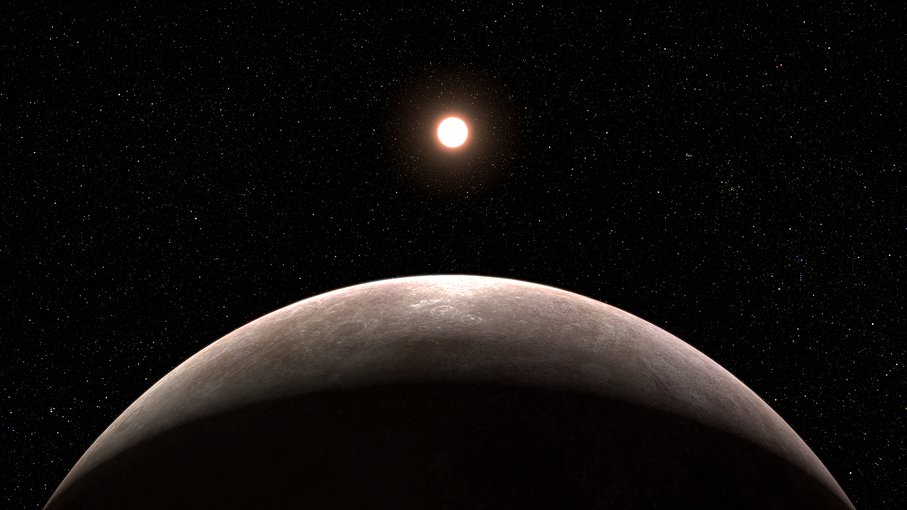Written byMarc Kaufman

Jan. 31, 2023
Research Highlight
Webb Spots its First Earth-Sized Exoplanet

Artist rendering of LHS 475 b, an Earth-sized exoplanet recently identified using the James Webb Space Telescope. This was the first planet of its size detected by the JWST.Image credit: NASA / ESA / CSA / Leah Hustak (STScI).
NASA’s Webb telescope has been used to study the planet LHS 475 b, which is roughly the same size as the Earth and orbits a nearby star just 41-light-years away. The existence of the planet was first hinted at with data from NASA’s Transiting Exoplanet Survey Satellite (TESS), but Webb’s instruments proved it was there with only two transit observations. The planet orbits too close to its star to be habitable for life as we know it, but the finding highlights that Webb is capable of detecting small exoplanets and characterizing them under certain conditions.
Click here to read more from Many Worlds about findings from Webb’s early science release program.
A press release from NASA Goddard is also available at:
https://www.nasa.gov/feature/goddard/2023/nasa-s-webb-confirms-its-first-exoplanet
The Many Worlds Blog chronicles the search for evidence of life beyond Earth written by author/journalist Marc Kaufman. The “Many Worlds” column is supported by the Lunar Planetary Institute/USRA and informed by NASA’s NExSS initiative, a research coordination network supported by the NASA Astrobiology Program. Any opinions expressed are the author’s alone.